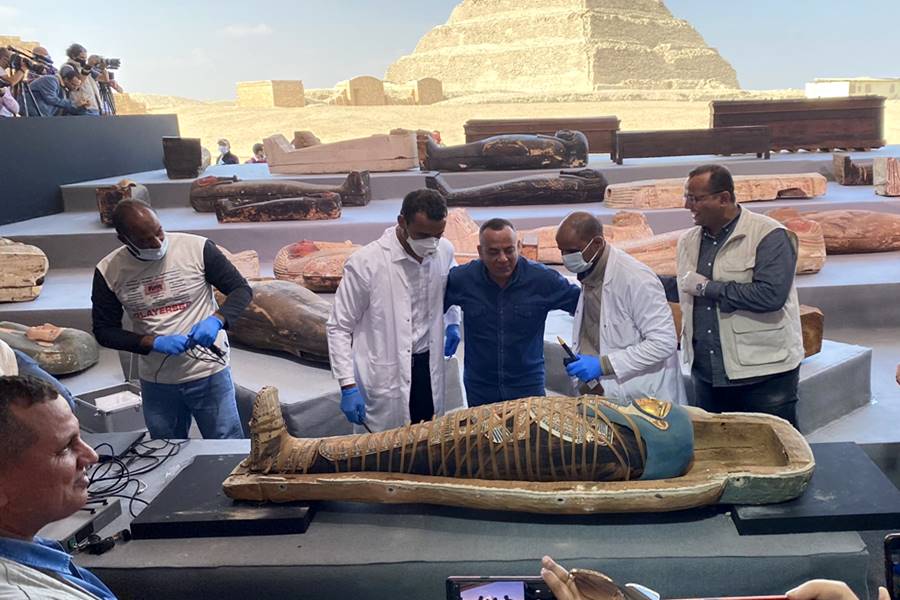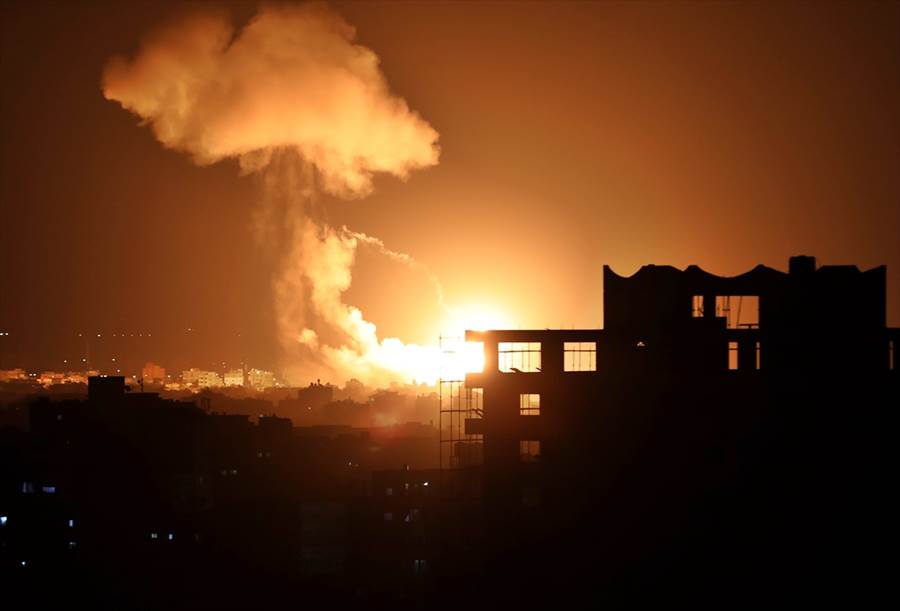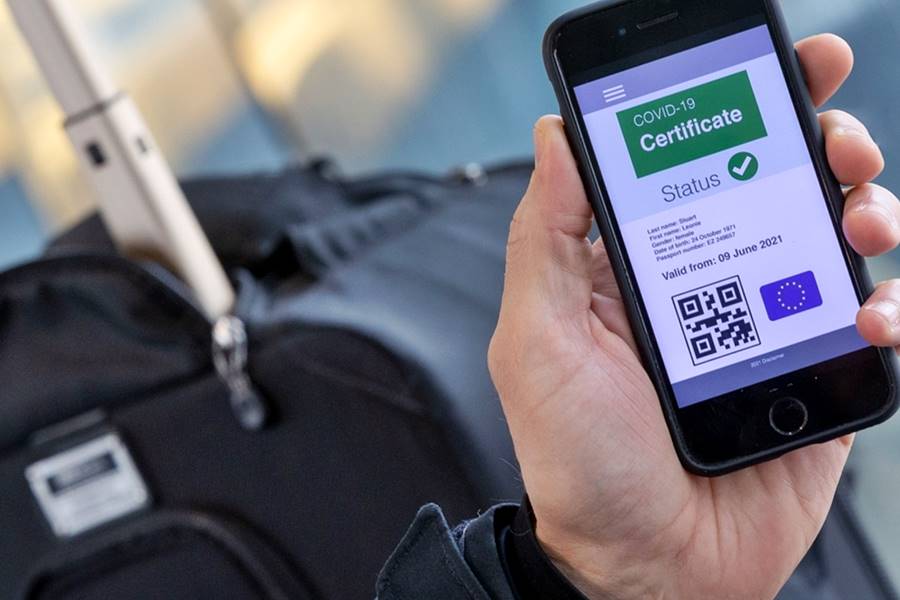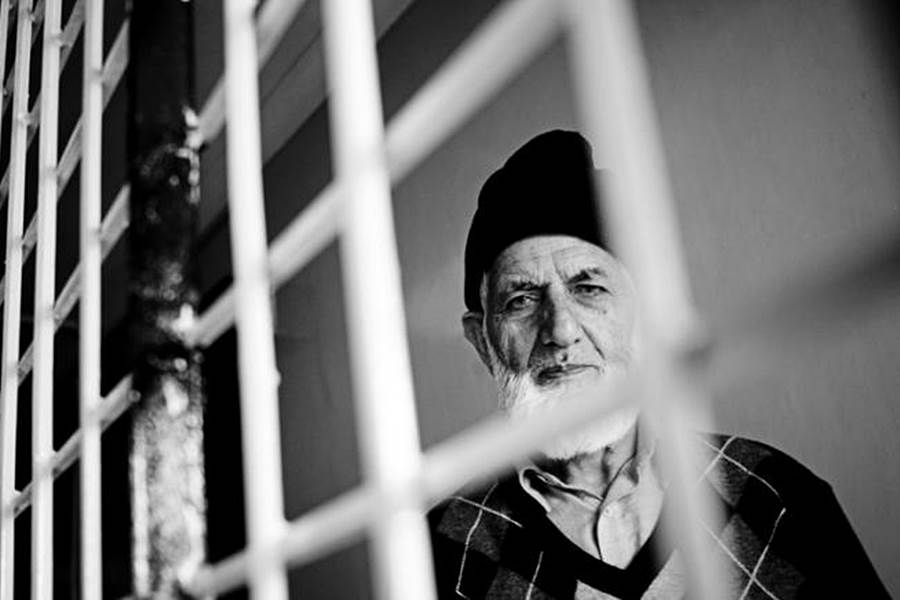Thu 18 March 2021:
Iran’s Civil Aviation Organisation (CAO) released its final report on Wednesday on the downing of a Ukraine Airlines flight last year that drew swift condemnation from Ukraine and Canada.
In the lengthy technical report, the organisation confirmed earlier accounts by Iranian authorities that Flight PS752 was brought down by two missiles and caused by “human error” in operating a surface-to-air defence system.
CAO said its report aimed to be “impartial” in an effort to prevent similar tragedies from happening in the future and did not wish to assign blame.
As Iranian officials previously said, the report noted it was drafted after seeking feedback from countries involved, including Ukraine.
Hours after the report was published, however, Ukraine’s Foreign Minister Dmytro Kuleba called it a “cynical attempt to hide the true reasons for the downing of our plane”.
Iran’s government in January set the compensation of $150,000 for each of the families of the 176 victims, many of whom held dual Canadian nationalities.
Iran made “no attempt to answer critical questions about what truly happened”, Canadian officials said of the report on Wednesday.
“It appears incomplete and has no hard facts or evidence,” Minister of Foreign Affairs Marc Garneau and Minister of Transport Omar Alghabra said in a statement.
Why two missiles?
It took Iranian officials three days to publicly announce the plane had been shot down by missiles. No officials resigned or were fired following the incident.
According to the CAO report, the surface-to-air missile defence system was a Russian-made TOR M-1 – known as SA-15 Gauntlet by the North Atlantic Treaty Organisation (NATO).
The air defence system struck the plane only six minutes after it took off from the airport in Tehran.
Since the missile battery had been moved by about 100 metres (30 feet) before it was shot down, its true north needed to be recalibrated, the report said. But it was not and so it was operating with a 105-degree error at the time it launched.
The operator, therefore, believed the civilian aircraft was a “hostile object” that was coming towards Tehran from another direction, not realising it was a passenger plane that just took off from the Imam Khomeini International Airport.
The operator reportedly relayed a message to command, which was not registered because of reasons not specified in the CAO report.
Since the aircraft was still in the air and flying, the operator fired another missile about 40 seconds later. The Civil Aviation Organisation said evidence shows the second missile may have exploded about 900 metres (300 feet) away from the plane and might not have inflicted damage.
All three crew flying the plane were still conscious after the first missile strike and were trying to control the situation, it said, but catastrophic damage eventually led the plane to crash.

Why was sky not cleared?
One of the main questions left unanswered since the downing of the commercial jet is why it was allowed to fly during the night, when Iran expected a potential reprisal attack by US forces after its missile strikes in Iraq.
According to the CAO report, Iran’s armed forces had anticipated the dangers and devised a strategy.
Flights taking off from non-commercial airports had also been identified as being at risk.
However, “the risk of being targeted due to wrong identification for commercial planes taking off from commercial airports was deemed lower” and the risk for flights out of the Imam Khomeini airport was evaluated as “very low”, the report said.
“Ultimately, it can be concluded that the evaluated risk was not proportionate to existing realities and an error that was not calculated in predictions beforehand took place,” the CAO report said.
FOLLOW INDEPENDENT PRESS:
TWITTER (CLICK HERE)
https://twitter.com/IpIndependent
FACEBOOK (CLICK HERE)
https://web.facebook.com/ipindependent
Think your friends would be interested? Share this story!




















